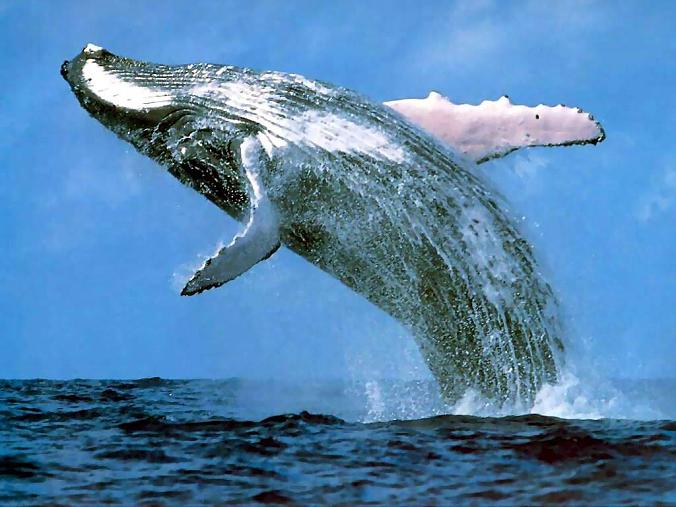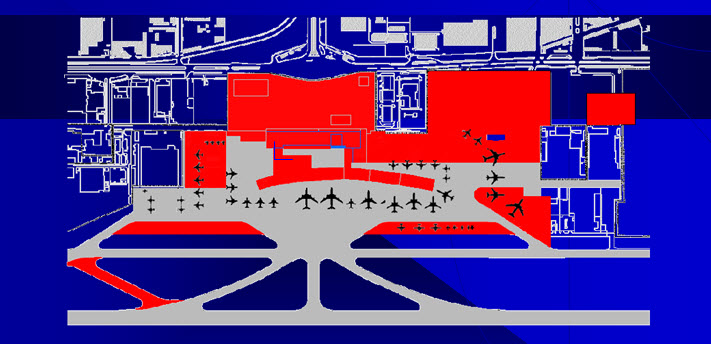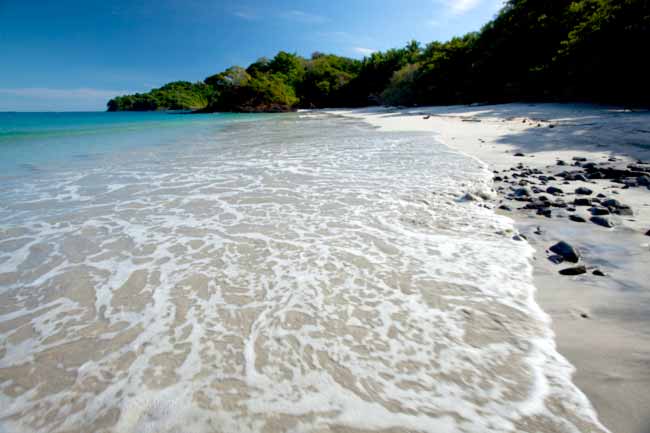GDP Outlook: Panama Leads Latin America
As reported by my friends at Latin Business Chronicle, “Panama will have Latin America’s highest economic growth the next five years, according to a Latin Business Chronicle analysis of new forecasts from the International Monetary Fund.”
“PANAMA: LATIN AMERICAN STAR Panama’s economy will grow an average of 6.6 percent the next five years. That’s better than their previous five-year analysis (for 2010-14), showing growth of 6.1 percent. This year, Panama’s GDP is expected to grow by 6.2 percent before picking up further to 6.7 percent next year, the IMF says. That compares with 2.4 percent last year.”
See if you see a pattern here in the following announcements this week. As I have said before, Panama City, Capital of the Americas
Iberia launches non-stop Panama flights with 96% of seats taken

Don Winner at the Panama Guide reported in an article about the non-stop flights from Madrid to Panama City. This is a growing trend that is followed by KLM who has increased it direct flights to 5 per week from one of Europe’s largest hubs, Amsterdam.
The FINANCIAL — At 13:45 h today, Iberia takes off from Madrid on its maiden non-stop flight to Panama City, with 96% of its seats taken. According to Iberia, the new non-stop route reduces travel time by four hours of the Madrid – Panama leg, and signifies a nearly 55% increase in the Spanish airline’s total seat supply to Panama. Panama City is a major business destination, and to accommodate business passengers in luxury, Iberia has recently restyled and upgraded its Business Plus section, with seats that unfold into completely horizontal beds, exquisite dining based on Mediterranean cuisine, a selection of the best Spanish wines, and a first-rate on-board entertainment system. Iberia’s new non-stop flight to Panama are another indication of the airline’s commitment to Central America.
KLM starts daily flights to Panama

KLM will offer five weekly flights from Amsterdam to Panama, with onward connections to numerous destinations in Latin America with its code-share partner Copa Airlines. The code-share cooperation between KLM and Copa has recently been expanded with the addition of the KLM code on Copa flights to San Jose in Costa Rica and San Pedro Sula and Tegucigalpa in Honduras.
Panama’s Copa Airlines increases its investment plan from $ 200M to $ 300M annually.

The largest airline in Panama, Copa Holdings, raised its capital spending projected in 2011 and 2012 to $ 200 million and U.S. $ 300 million compared to the amount previously announced $ 150 million, said Wednesday Chief Executive Peter Heilbron. The company could announce new orders for Boeing jets, said Heilbron, and fund these investments with loans from the Export-Import Bank of United States commercial banks in addition to their own resources. Copa Holdings, which controls the largest airline company in Panama and Colombia’s second largest, has already ordered 23 Boeing 737 jets and 11 Embraer-190 jets made by Brazil’s Embraer.
The David Airport: Soon a gateway to the world
Closer to home I read a great article earlier this year in El Visitante about the expansion of our little airport in Chiriqui which is going on big time now that the runway and terminal building are being expanded to handle future direct flights from the US. Investors take note, you saw this repeated time and time again when Costa Rica added a few of these and the area boomed.
Expansion on David City’s Enrique Malek International Airport has started. Many of us living in Chiriquí had heard the hype and rumors for many years now. For many expat residents and lifelong “Chiricanos”, the attitude was ‘I will believe it when I see it.’ And it’s time to believe it, because work has started.
The first tangible evidence of this $27 million dollar airport expansion is on the old western taxiway. Crews have just finished blacktopping two kilometers of what will be the new temporary runway. Aircraft will be diverted to this runway so work can begin on lengthening and strengthening the existing runway. The existing runway is 2,100 meters long. The new runway will be 500 meters longer at 2,600 meters long. Most likely aircraft landing at David will be 737-300’s to 900’s. There have been many changes and improvements to the infrastructure already to get to this point. The first problem was that the fire trucks were not up to ICAO standards, set by the International Civil Aviation. Many of us have seen the fire trucks as we enter David Airport but they actually belong to the City of David. The first of the new, bigger fire trucks was due to arrive the same day and the airport fire chief was eagerly awaiting the arrival. Soon David airport will have a staff of 22 fire-fighters and three new firetrucks.
The crowning glory of the new airport will be the new terminal building. The first set of plans had arrived just that morning. There will be a large concourse with separate local and international entrances. There will be a modern luggage carousel (I already here sighs of relief across Chiriquí) and Ricardo says the new concourse will be able to handle up to 500 passengers at a time either arriving or leaving.
Other flying objects seen here in Panama

Whale watching–a billion-dollar business annually–may be the greatest show on Earth. There is no better place to see this than here in Chiriqui. I have often been out with my kids fishing and as we are loading up the cooler on red snapper, we get to enjoy a mother and calf swimming along side the boat looking at us at the same time we are watching them. That is just one of the many enjoyable moments I have spent on the water watching one of Gods most beautiful creatures.
Here is a report from one of my friends who is on the development team for an Island Resort here in Chiriqui called Isla Palenque.
Travel enthusiasts and real estate mavens are discovering that Panama’s Gulf of Chiriqui is the hottest new vacation destination — a secret humpback whales have been onto for centuries. Among the dozens of pristine emerald islands, humpback whales spend their extended summer vacation breeding and calving in the warm waters of the protected Gulf. Abe Zimmerman, Sales Director for The Resort at Isla Palenque, an ecologically sensitive Panama real estate project in the Gulf of Chiriqui, was taking customers out to view the island property when he experienced his first whale sighting. “We were cruising through the Gulf, remarking that we were the only people in sight among all of these beautiful islands. Out of nowhere, an enormous humpback shot out of the water. My breath has never been taken away like that before.” Whale watching is one of the many adventure opportunities that attracted Amble Resorts, developer of The Resort at Isla Palenque, to the secluded Gulf of Chiriqui. The Gulf has long been the best-kept secret of serious sport fishing fans, and has recently been discovered by adventure sport enthusiasts who come to revel in the surfing, scuba diving, and of course, whale watching opportunities the uncrowded Gulf has to offer.
Like many vacationers, humpback whales travel from the icy north to the warmth of the tropics each year. Their 4,000 mile migration, the longest of any animal, takes the humpbacks from their arctic feeding grounds to their tropical mating grounds for much of the year, with October and November the height of the season in Panama. Humpback males truly enjoy their vacations and can be heard singing their elaborate songs and spotted putting on a spectacular show of jumps and twists — all to attract the best possible mate. The following year, females return to give birth and fatten up their newborn calves. Baby humpbacks already weigh 2,000 lbs at birth, but they are born with very little body fat and spend the temperate months drinking over one hundred gallons of milk a day and growing strong enough to make the long return journey.
Once nearly extinct, there are now almost 20,000 Pacific humpback whales — just one of 20 whale species that can be found in the Gulf of Chiriqui. The increase of whale watching tours not only means great things for Panama tourism, but also for the whales. Despite the international moratorium on whaling, endangered species are still hunted by the thousands each year, but new studies show that they are worth more alive than dead. Discovery news reported that 13 million eco-tourists paid to see the animals in their natural element, fueling a $2-billion industry in 2009.
The growing popularity of whale watching is good for tourism, but are whales good for real estate? The Resort at Isla Palenque’s Zimmerman thinks so. “The whales seem to think this is the best vacation spot on earth,” says Zimmerman. “Our customers are inclined to agree with them.”

